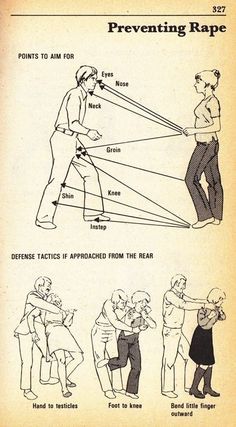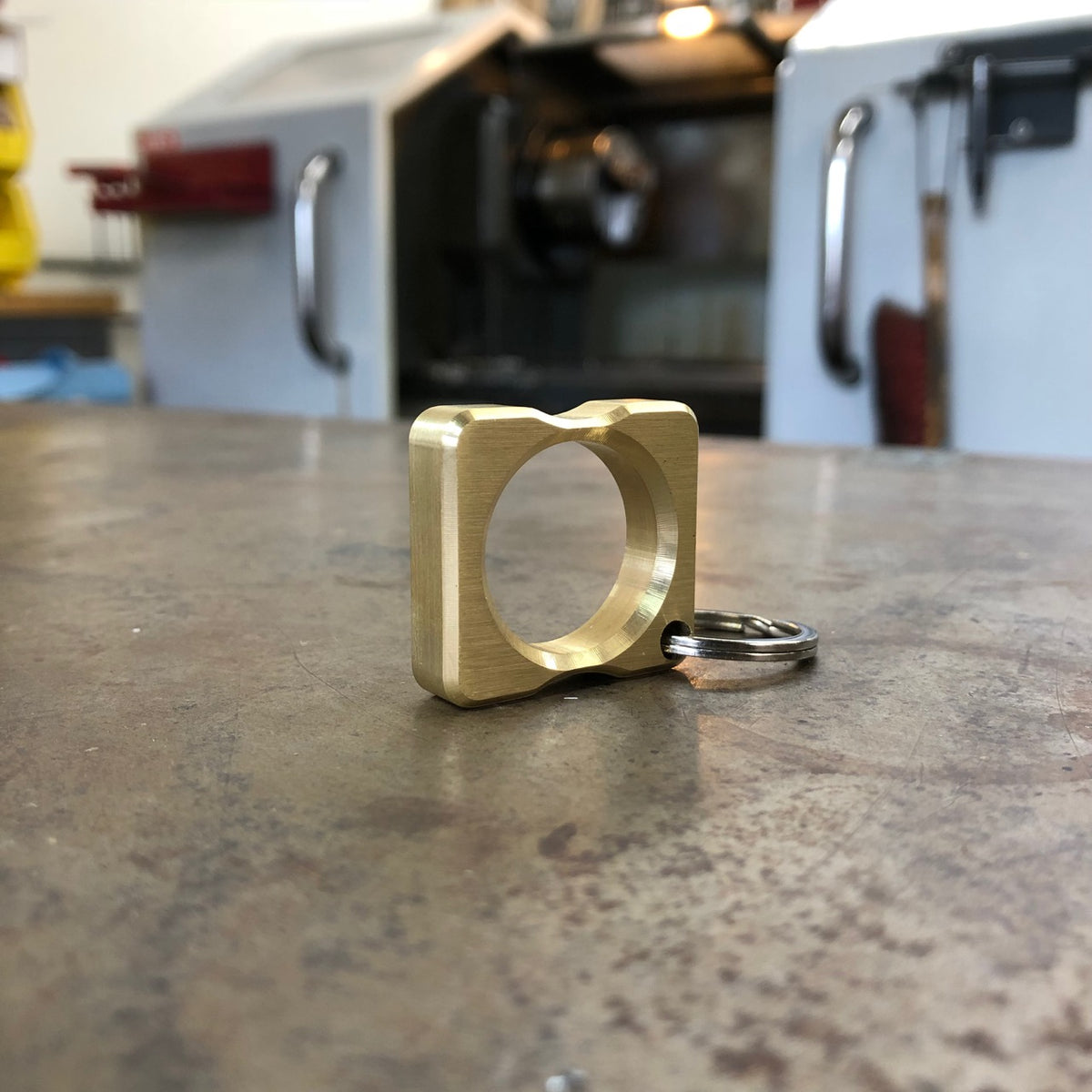
CIT officers are trained in responding to mental health emergencies in their communities. They also learn de-escalation techniques as well as mental health first aider. They are required to complete various training including role-playing exercises. Learn more about how to become a CIT officer.
Crisis Intervention Team (CIT) officers are trained to respond to mental health crises
CIT officers are police officers specially trained to respond in crisis situations. Their primary objective is to de-escalate the situation and not use force. They also refer individuals who need mental health care to mental facilities. Five goals are the focus of the training: To reduce injuries to officers, to promote decriminalization of mental illness sufferers, to reduce stigma and to use a team approach in crisis intervention.

They are also trained to provide de-escalation training
Officers from Cit have received specialized training to help defuse potentially hazardous situations. This training uses a scenario-based approach that teaches how to intervene effectively and safely. The scenarios are based on real-life incidents, and officers complete several scenarios outside of a classroom. After the officers have completed all scenarios, they receive feedback from CIT professionals and trained mental health professionals.
They receive mental health first aid training
In order to avoid and respond to mental illness crises, it is important that Cit officers receive training in mental health aid. This program is modeled after nationally recognized Crisis Intervention Team training. The goal is to help first responders recognize signs and treat mental illness. It also increases the first responders' knowledge of the mental health system and fosters community relationships. This training helps to reduce the rate of arrests for mental health emergencies.
They participate in role-playing exercises
CIT officers are required to undergo intensive training to handle crisis situations. It includes role-playing exercises, advanced communication techniques, and role-playing exercises. They also have the chance to talk with families and people with mental illness during the training. These exercises also aim to help improve their deescalation skills.
They develop new curricula
CIT Program Management is now offering an eight hour training in Mental Health First Aid for the public safety, fire/EMS and fire/EMS audience. Up to now, there have been four trainings and they have all been very well received.

They are advocates for change
The role of a CIT officer is one of the most rewarding aspects of law enforcement. CIT officers make a significant difference in the lives and well-being of those in crisis. They also aid in preventing violence and trauma. CIT officers must deal with difficult situations often and use all their resources, both practical and emotional, to make a positive difference. This is why CIT officers require ongoing support from their communities.
FAQ
What time does it take for a stun gun to be recharged?
This varies depending on the type of battery.
For example, AAA batteries can take as long as 8 hours to charge, while AA batteries can take just 2 hours.
Is pepper spray good for self-defense?
Pepper spray can be used to defend yourself. It's very quick-acting. You should still use pepper spray with proper technique.
It is not recommended that pepper spray be used as a first line defense against violent attackers. Call 911 immediately if someone threatens to kill you.
What are some self-defense tips for women?
When practicing self-defense, you need to be able to react quickly. This means that you should be prepared for anything.
Train with a friend. You can practice together and work together on your technique with a partner.
Another tip is to practice using something heavy. If you're attacked, you're more likely to strike your attacker harder if the object you are holding is heavy.
What does an attacker do with a stun gun?
A stun gun uses electric current to incapacitate someone. It causes muscle contractions and stops them from moving. This renders them unable fight back.
Stun guns usually work best when used on the neck or head area.
The most common way to use a stun gun is to shoot at the person's body part until they fall unconscious.
To scare attackers, some stun guns emit high-pitched sound effects. These stun gun types are called TASERs.
Can I be charged with using my stungun?
No. Stun guns are considered "less lethal" weapons. Less lethal means they cannot cause serious injury.
However, if you accidentally hit someone with your stun gun, you could still face charges.
Statistics
- Most likely, you'll get tapped out by 90% of the people in your first 3-5 months. (mmaclan.com)
- Kung Fu alone has 400 unique martial art styles – and whilst you likely won't be able to find a school for each form, many other martial arts are completely different altogether. (budodragon.com)
- Saying this, Self defense 101 would be the importance of situational awareness, which can never be replaced by the finest of martial arts, because it is this that would help you to avoid any likely attacks in the first place. (worldofselfdefense.com)
- The Rape, Abuse & Incest National Network reports that 70 percent of sexual violence cases aren't committed by random strangers in a dark alley but by people we know: friends, family, partners, co-workers, etc. (healthline.com)
External Links
How To
How to use Kubotans for self defense
Kubotan, or small sticks, are used as weapons by Okinawan masters in martial arts. They were originally made out of bamboo, but are now made out of metal and plastic.
They usually measure around 5cm lengthwise and 2cm widthwise.
The Kubotan is designed to strike at an opponent's eyes, nose, and mouth. It can also strike other body parts such elbows, knees, and wrists.
Kubotan are popular with women due to their lightweight and ease of use.
To use a Kubotan effectively, you must know where to place the stick to strike the correct spot.
Also, practice using the Kubotan to ensure you hit the right spots.
These steps will show you how to use the Kubotan for self-defense.
-
Face the attacker
-
Hold the Kubotan between your thumbs and index fingers.
-
Hold the Kubotan in your right hand.
-
Swing the Kubotan downward towards the attacker's face.
-
Strike the attacker on the nose, eye, or mouth area.
-
As it hits the target, the Kubotan should be visible.
-
Continue swinging the Kubotan to make a "thwacking" sound.
-
Lower the Kubotan and step back.
-
Repeat Steps 1-7 if you wish to keep fighting.